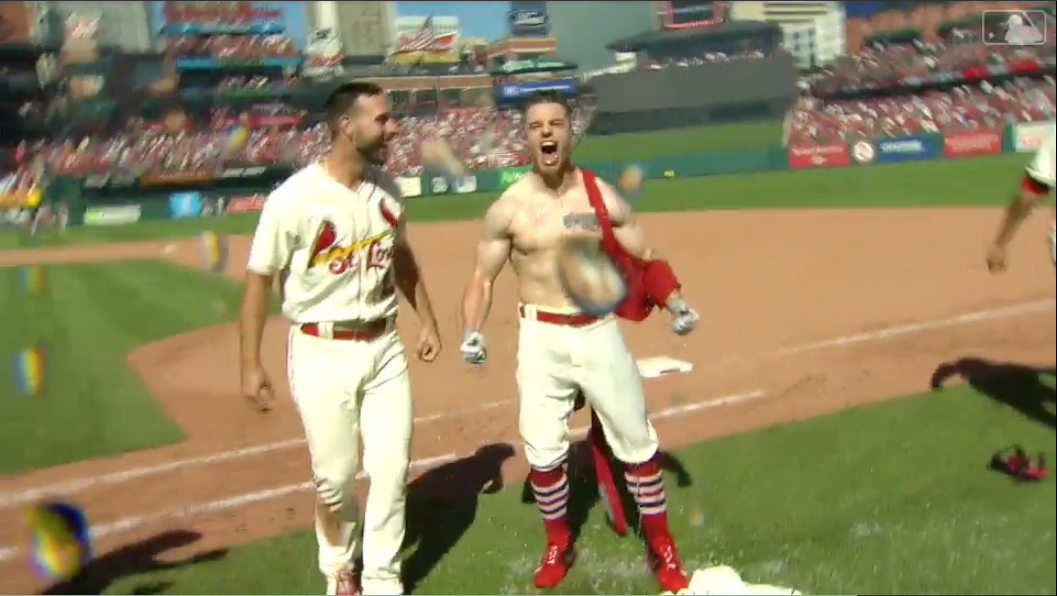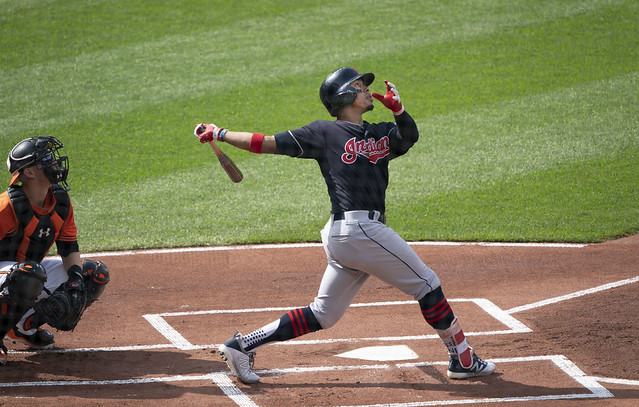The Rangers Should Make a Major Minor Move
In a year not otherwise flowing with surprises on the team level, the Texas Rangers have been a big one. A 50-46 record isn’t one that’s dominating the American League or the AL West but it’s good enough that if the season ended today, the Rangers would finish 16 games ahead of their preseason ZiPS projections on a seasonal basis. One of the players most responsible for Texas’s surprise prediction-rebellion is Mike Minor. At 8-4 with a 2.73 ERA — even his 3.82 FIP is just fine in 2019’s Sillyball environment — Minor made his first All-Star Game. From missing two seasons with shoulder problems to becoming a successful Royals reclamation projection to growing into a solid No. 2 starter to being named an All-Star, Minor’s emergence has been one of the best stories in baseball in 2019. And sports being cruel sometimes, the Rangers may very well be best-served by allowing Minor to wear another uniform in the denouement.
Coming into 2019, the computer’s reasons for Rangers skepticism were straightforward: Texas had some interesting, top-tier talent but also a stunning lack of depth around the diamond. Not a single Ranger had a three-WAR season in 2018 and the team’s WAR leader, Jurickson Profar, was an Oakland Athletic. Even the team’s most interesting talent had questions, whether it was Joey Gallo‘s batting average, Jose Leclerc‘s sustainability, Rougned Odor alternating between being Jeff Kent and Clark Kent, or Nomar Mazara’s puzzling lack of development. On some level, ZiPS wasn’t wrong, as the Rangers still lack depth, but it missed out on the magnitude of their good performances. Mike Minor and Lance Lynn look like pitchers you’d actually like pitching in a playoff game, Joey Gallo has spent much of the season challenging the Alomar Line instead of the Mendoza, and Hunter Pence is having one of the wildest, out-of-nowhere offensive comebacks that I can remember.
So, given all these happy surprises, which have led to real playoff contention, why should they explore a Minor trade? Read the rest of this entry »



 Jay Jaffe
Jay Jaffe
